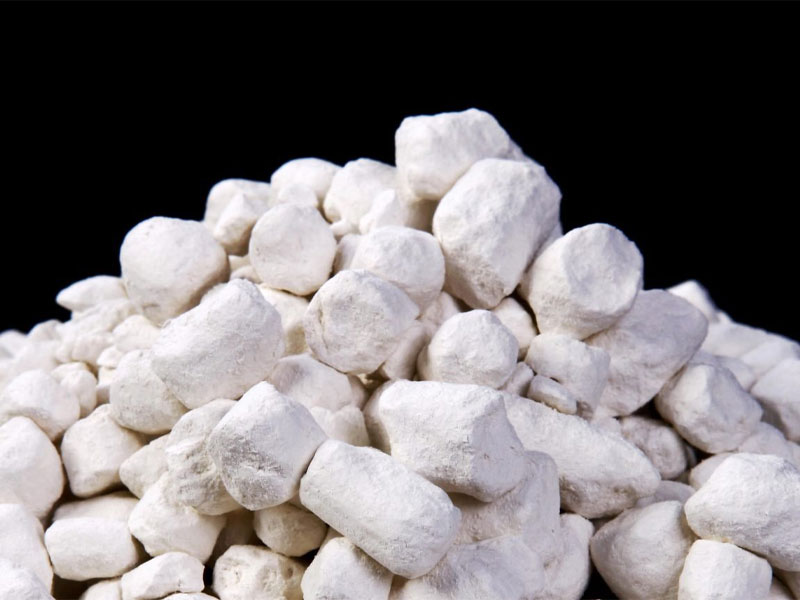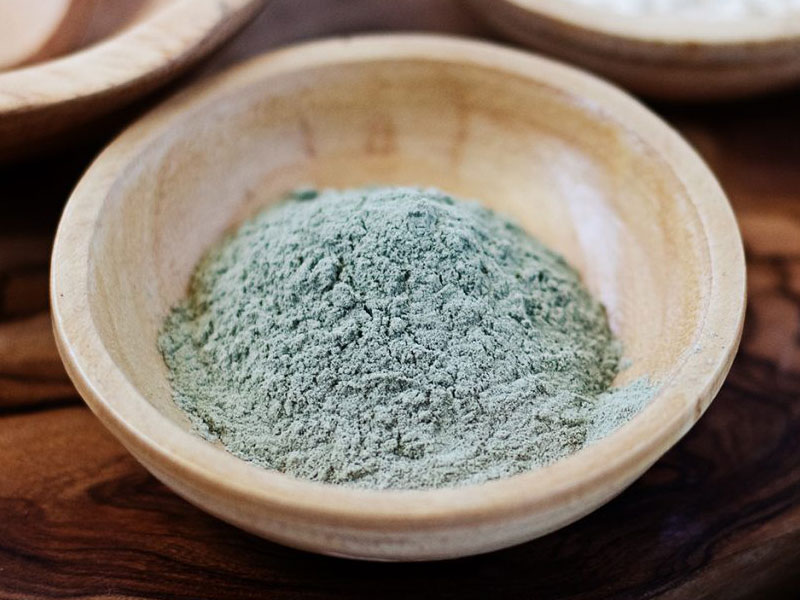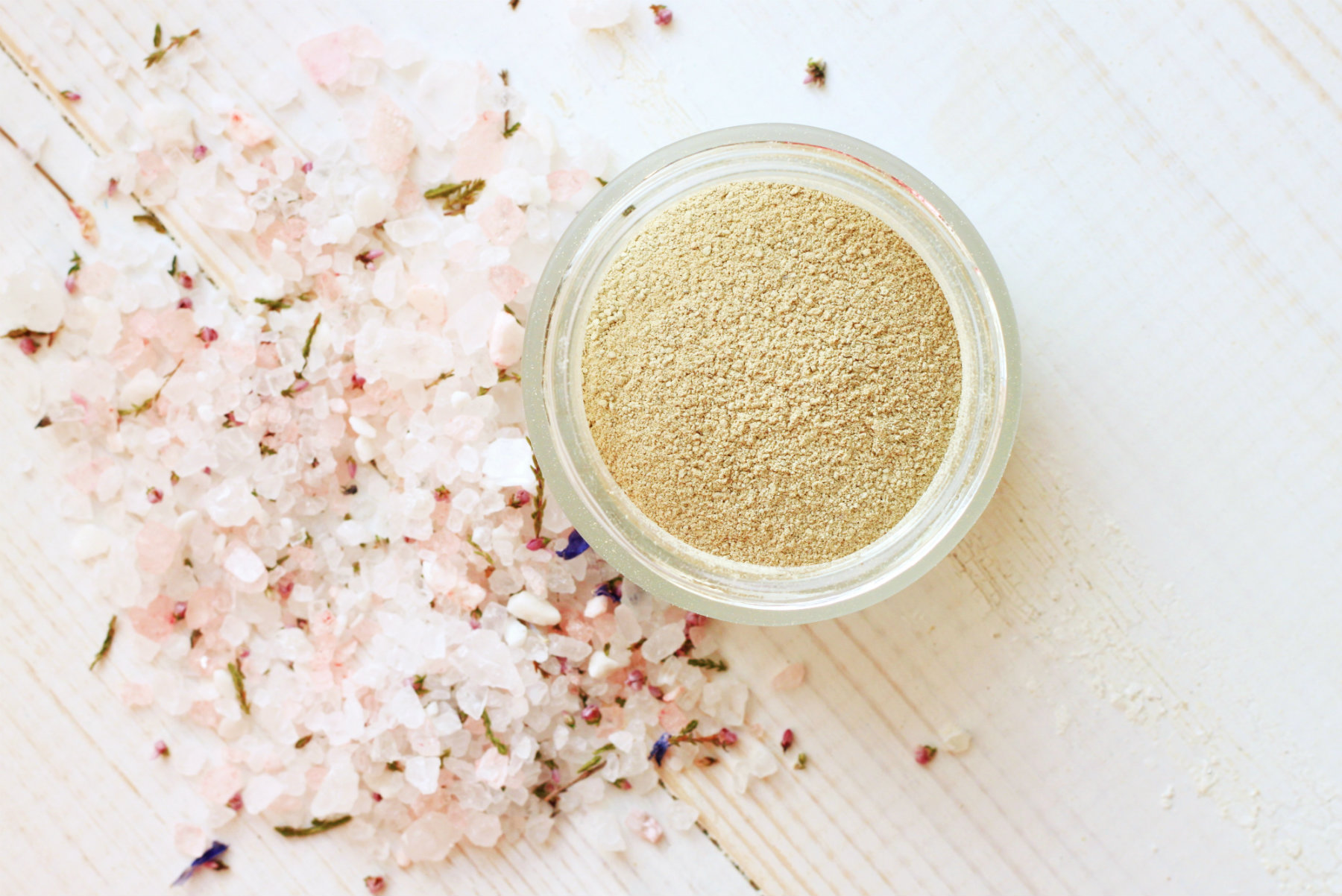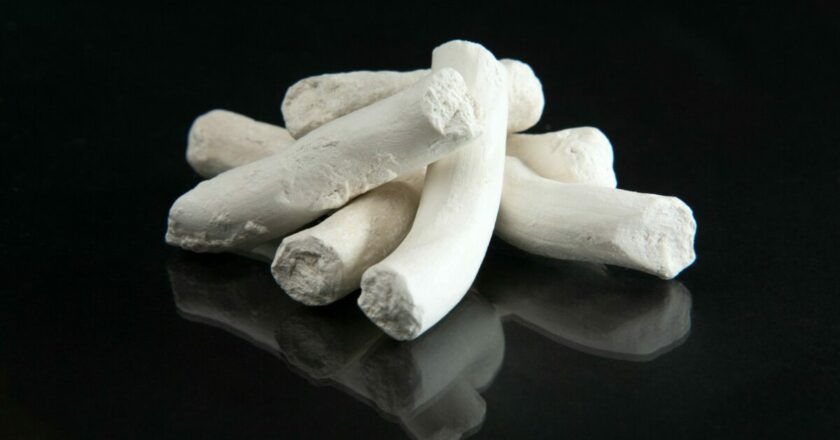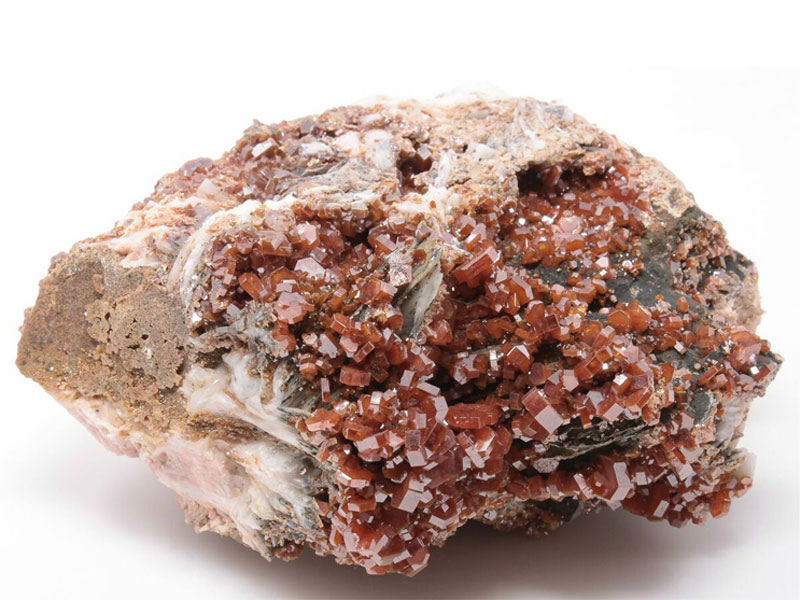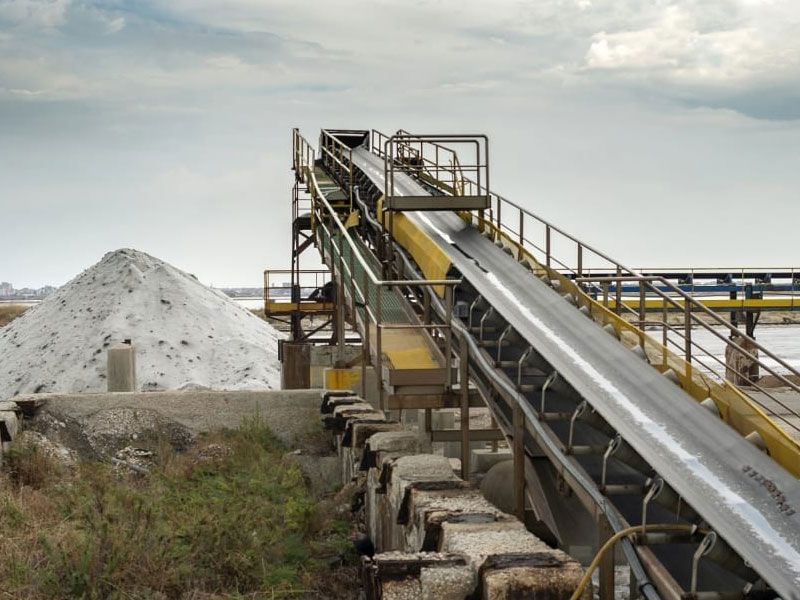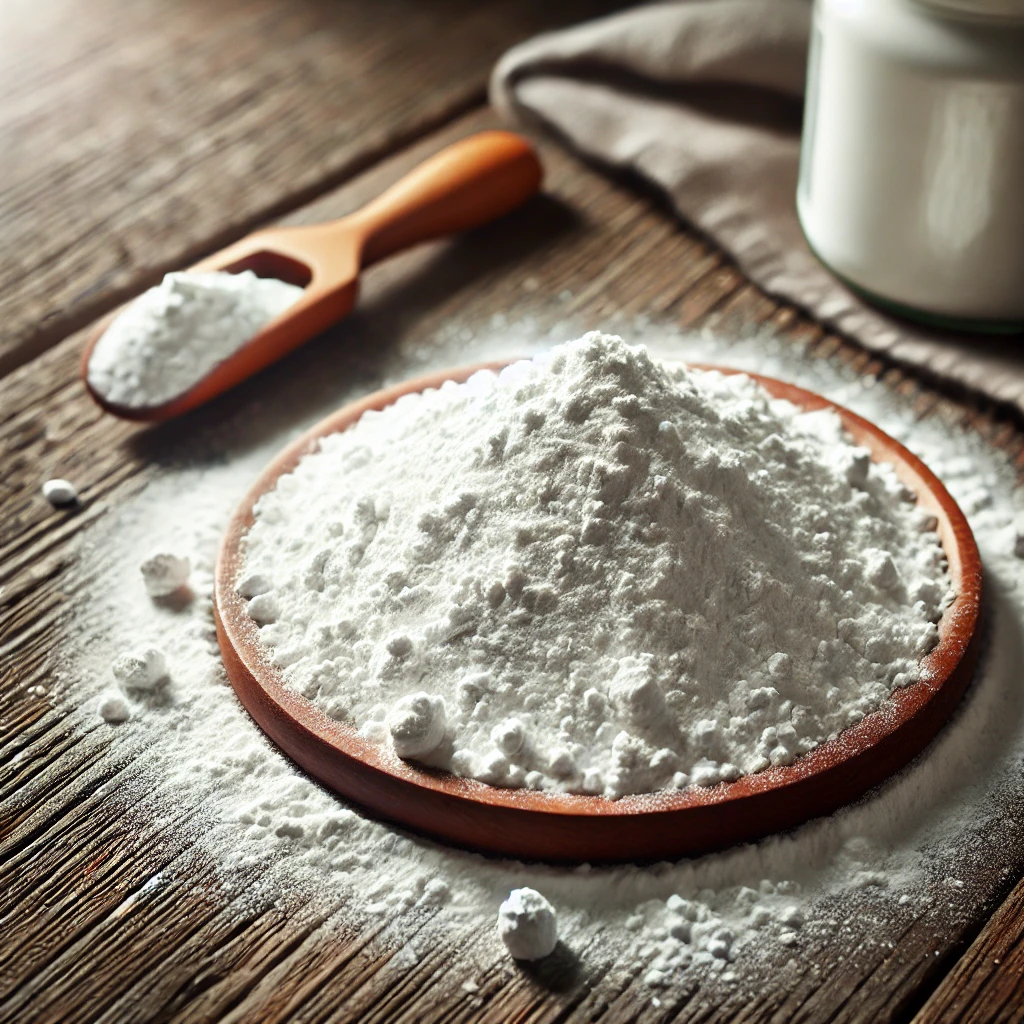Kaolin is a type of white clay that is used in a variety of industries, including paper production, pharmaceuticals, and cosmetics. While kaolin is widely used in many consumer products, the question arises: is it harmful to health? In this article of vornaco, we will explore the potential dangers, toxicity, side effects, and warnings related to kaolin exposure. you can read more about what is kaolin clay in other article.
is kaolin toxic ?
Kaolin is generally considered non-toxic and safe for most uses, especially in cosmetic and pharmaceutical applications. However, the safety of kaolin depends on its form and the way it is used. When used in small amounts and applied topically, kaolin is unlikely to pose significant health risks. However, there are some instances where exposure to kaolin can be harmful.
Kaolin Warning and Precautions
While kaolin is generally safe for most people, it’s important to take some precautions:
-
Avoid ingestion of large amounts: If you are using kaolin-based products, avoid ingesting excessive amounts, as it can cause digestive issues.
-
Protective equipment: Workers in environments where kaolin dust is present should wear appropriate respiratory protection to avoid inhaling harmful particles.
-
Consult a healthcare professional: If you are pregnant, nursing, or have a pre-existing health condition, consult your doctor before using products containing kaolin.
Is Kaolin Clay Safe?
Kaolin clay is a naturally occurring mineral, often used in cosmetics, pharmaceuticals, and some industrial applications. It is widely used in skincare products, face masks, and even in some oral medications. But the safety of kaolin clay depends on its usage and form.
For topical use: Kaolin clay is generally considered safe for most people when applied to the skin. It is gentle and less abrasive compared to other types of clay, which makes it suitable for sensitive skin. It can help absorb excess oil, soothe irritated skin, and reduce inflammation. However, for some individuals, it may cause skin irritation or allergic reactions. If you experience any discomfort, such as redness or itching, it is advisable to discontinue use.
For ingestion: Kaolin clay is sometimes included in antidiarrheal medications, and its ingestion in small, controlled amounts is generally considered safe. However, excessive consumption or long-term use of kaolin can lead to digestive issues such as constipation. Prolonged ingestion can also lead to the accumulation of harmful substances, depending on the purity of the kaolin.
Inhalation: Inhaling kaolin dust, particularly in industrial settings, can cause respiratory issues. Chronic exposure to dust may lead to lung diseases, including kaolinosis, a condition that affects the lungs.
read more about kaolin for sale in vornaco
Is Kaolin Pectin Safe for Humans?
Kaolin pectin is a combination of kaolin clay and pectin, often used in the treatment of gastrointestinal issues, particularly diarrhea. It is commonly found in over-the-counter medications designed to relieve upset stomachs and diarrhea.
Kaolin is a type of clay that works by absorbing toxins and excess fluid in the intestines. Pectin is a fiber found in fruits that helps regulate bowel movements and can bind to substances in the digestive tract to aid in their elimination.
When used appropriately, kaolin pectin is generally considered safe for humans, especially in the short term and in moderate doses. However, like any medication or substance, it can have side effects or pose risks if not used correctly. For example:
-
Constipation: Since kaolin pectin slows down bowel movements, it may lead to constipation in some individuals.
-
Dehydration: By absorbing fluids, it could potentially contribute to dehydration if used excessively.
-
Allergic reactions: Although rare, some individuals may experience allergic reactions such as rash or itching.
To ensure safety, it’s important to follow recommended dosage instructions and consult with a healthcare provider before using kaolin pectin, especially for prolonged use or if you have any pre-existing health conditions.
Kaolin Side Effects
While kaolin is not toxic when used correctly, there are some potential side effects, especially if ingested or improperly applied. Some of the common side effects include:
-
Gastrointestinal issues: Ingesting large amounts of kaolin can cause constipation or upset stomach.
-
Skin irritation: For some individuals, topical application of kaolin can lead to skin irritation or allergic reactions.
-
Inhalation risks: Inhaling kaolin dust over long periods can lead to respiratory problems and lung conditions.
One of the primary concerns regarding kaolin is its potential to cause respiratory issues. Prolonged exposure to airborne kaolin dust can lead to respiratory irritation or even conditions such as kaolinosis, a lung disease caused by the inhalation of kaolin dust. Workers in industries where kaolin is processed or mined may be at greater risk of developing respiratory issues if they do not use proper protective equipment.
What Are the Side Effects of kaolin Pectin?
Pectin is a natural fiber found in fruits, primarily apples, and citrus fruits. It is commonly used as a gelling agent in jams and jellies, and it’s also available as a dietary supplement for its digestive benefits. Pectin is generally considered safe for most people when consumed in moderation. However, it can cause some side effects, especially if taken in large amounts.you can read more about Kaolin pectin for Dogs Pets at Home
Common side effects of pectin include:
-
Digestive issues: Since pectin is a fiber, consuming large amounts may lead to digestive discomfort, such as bloating, gas, or cramps. It can also cause constipation in some individuals, particularly if not accompanied by adequate water intake.
-
Allergic reactions: Although rare, some people may be allergic to pectin, leading to symptoms like skin rashes, itching, or swelling.
-
Interactions with medications: Pectin can interfere with the absorption of certain medications, particularly those that need to be absorbed in the gastrointestinal tract. It’s advisable to take pectin supplements at a different time from other medications to avoid interference.
Precautions:
-
If you have any gastrointestinal conditions, such as irritable bowel syndrome (IBS) or inflammatory bowel disease (IBD), you should consult a healthcare provider before using pectin supplements.
-
Ensure adequate hydration if you are consuming large amounts of pectin to prevent constipation and digestive discomfort.
kaolin and asbestos
Asbestos, a known carcinogen, has been historically linked to severe health issues. The fear of asbestos contamination in consumer products has led to increased scrutiny, with consumers seeking assurance about the safety of everyday items, including those containing kaolin.
This article aims to dispel misconceptions surrounding kaolin and asbestos, providing an in-depth exploration of kaolin’s properties, manufacturing processes, and safety measures. We will also address common questions and concerns to empower consumers with accurate information.
Asbestos in kaolin The Hidden Danger
Asbestos refers to a group of naturally occurring minerals with microscopic fibers that can become airborne when disturbed. Once inhaled, these fibers pose significant health risks, including lung diseases and various cancers.
Historical Use in Products
Historically, asbestos found applications in construction, insulation, and various products due to its heat-resistant and durable nature. However, its health hazards became evident, leading to strict regulations and bans in many countries.
Health Risks Associated with Asbestos Exposure
Exposure to asbestos fibers can cause serious health issues, such as asbestosis, lung cancer, and mesothelioma. As a result, there is heightened concern among consumers about the potential presence of asbestos in commonly used products.
Clarifying the Connection
Dispelling Common Myths
Misinformation about kaolin’s association with asbestos has circulated, causing confusion among consumers. It is essential to separate fact from fiction to ensure accurate understanding and informed decision-making.
Historical Cases and Misconceptions
Examining historical cases of asbestos contamination and misconceptions surrounding kaolin can shed light on the origins of concerns. Clarifying these issues is crucial for dispelling fears and promoting confidence in kaolin-containing products.
Scientific Studies on Kaolin Safety
Scientific studies play a pivotal role in evaluating the safety of kaolin. We will explore research findings and industry assessments to provide a comprehensive understanding of the current scientific consensus on kaolin safety.
Identifying Asbestos in Products
Testing Procedures for Asbestos
Accurate testing methods are essential for identifying asbestos in products. We will explore the procedures employed by manufacturers and regulatory agencies to ensure the safety of kaolin-containing items.
Regulatory Standards for Asbestos Detection
International and national standards govern the detection of asbestos in products. Understanding these standards is vital for both manufacturers and consumers to guarantee the safety of products in the market.
Importance of Product Labeling
Transparent product labeling is a key factor in informing consumers about the contents of a product. We will discuss the significance of clear and accurate labeling, empowering consumers to make informed choices.
Kaolin Safety in Daily Life
Consumer Awareness and Education
Empowering consumers with accurate information is crucial for their safety. We will discuss the importance of raising awareness and providing educational resources to help consumers make informed choices.
Safety Precautions in Handling Kaolin-Containing Products
While kaolin is generally safe, certain precautions should be taken when handling products containing this mineral. We will provide practical tips for consumers to ensure safe usage.
Responsible Disposal Practices
Proper disposal of products containing kaolin is essential for environmental protection. We will explore responsible disposal practices and highlight the role of consumers in minimizing environmental impact.
Industry Responses to Asbestos Concerns
Statements from Kaolin Manufacturers
Kaolin manufacturers play a pivotal role in addressing consumer concerns. We will examine statements and commitments from leading manufacturers regarding product safety and quality.
Collaborative Efforts to Address Safety Concerns
The industry’s response to safety concerns involves collaborative efforts. We will explore partnerships and initiatives aimed at addressing potential risks and ensuring continuous improvement in product safety.

